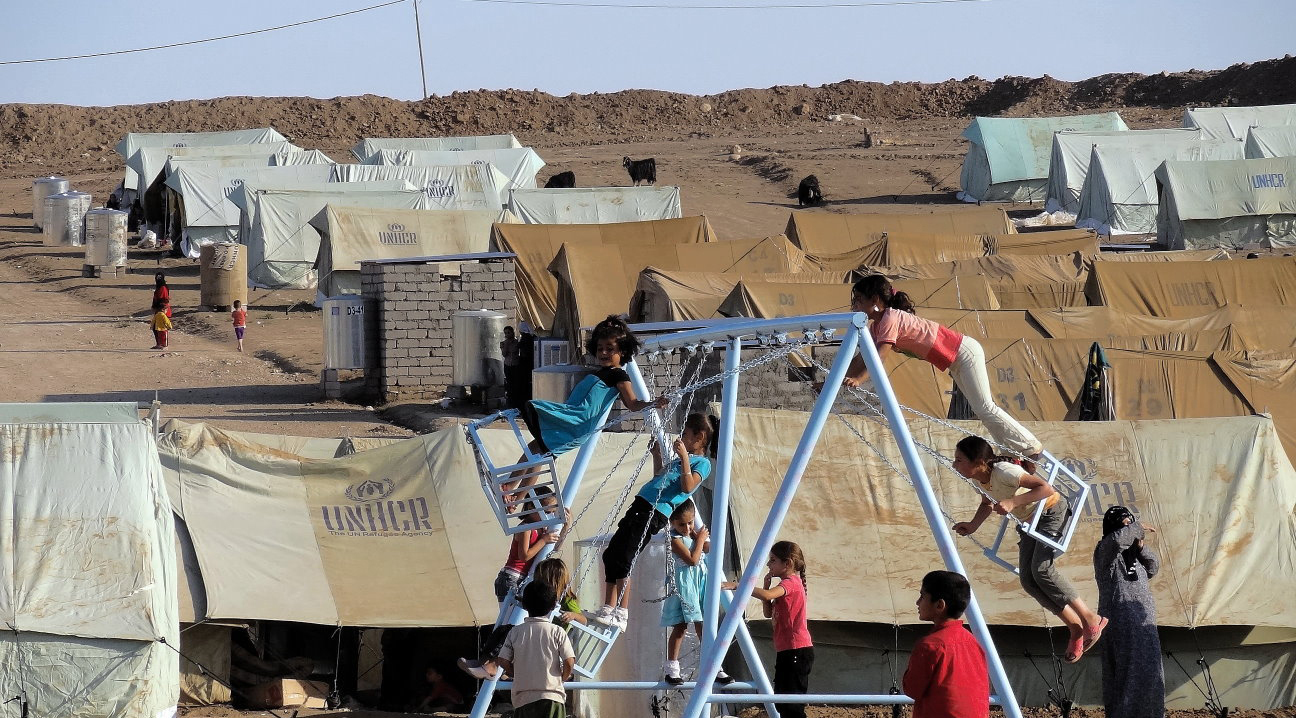Violence – the tip of the iceberg of fragility
From the perspective of the Agency for Development and Cooperation (SDC)
If violence is considered to be the tip of the iceberg of fragility, preventing violence means addressing the fragility issues of the whole iceberg: issues such as the lack of social cohesion and perspectives, lack of accountability of the State and its institutions, high-levels of corruption, exclusion and perceived injustice can all trigger violence. Violence includes domestic, sexual, and gender-based violence, criminal and gang violence, and politically or ideologically motivated violence. The same fragility issues can lead to extremist violence. In the last years, the topic of prevention of violent extremism has gained the attention of international actors and decision-makers and induced important policy discussions and operational developments to shape prevention approaches. Simultaneously, it has also put the topic of violence prevention at large more firmly on the agenda of international cooperation.
Fragility, conflicts, and violence are crucial challenges that threaten to slow down or reverse development achievements. Conflict and violence adversely affect millions’ lives and drive most of the humanitarian needs worldwide: individuals are displaced, livelihoods are devastated, and opportunities for broader growth, development, and prosperity are destroyed. Addressing challenges in these fragile settings is a strategic priority for SDC. Increasing Switzerland’s involvement in fragile and conflict-affected regions calls for long-term engagement combined with a flexible approach, alongside a thorough understanding of fragility in all its dimensions and complexity.
Conflict and violence prevention and transformation approaches aim at preventing and transforming social and political conflicts through peaceful means. Fostering peaceful, just, and inclusive societies (Agenda 2030, SDG 16+) is one way of doing so. Preventing and transforming conflicts and violence involves more than merely ensuring that crises do not happen in the first place. It also means tackling the root causes of tensions and conflicts to make a step ‘out of fragility’ and prevent the recurrence of violence. Supporting a strong society that embodies democratic values and reinforces good governance is an essential ingredient to conflict and violence transformation.
The aim is to break recurring cycles of violence by addressing the root causes of the conflicts and taking state-building factors into account to achieve good governance, the rule of law, the protection of the citizens, and the respect of human rights, and thus promote constructive conflict and violence prevention and transformation. Theories of change in fragile and conflict-affected regions must be explicitly linked to a context, conflict, and political economy analysis, to ensure that our interventions are tuned to the drivers of fragility, conflict, and violence.
Violent extremism in fragile contexts cannot be clearly distinguished from other forms of violence. The lack of an agreed international definition, it’s political – and thus sensitive – nature, nationally and internationally, and the multiplicity of actors involved are all elements that add to its complexity. SDC, when addressing violent extremism, does it as both a cause and effect of fragility, with a broader understanding of conflict dynamics, human rights implications, and potential risks.
Put to the test – violent extremism and how to deal with it
From the perspective of the Peace and Human Rights Division (PHRD)
Governments have always tended to respond to the violence of an armed uprising with violence in return. To put out the fire as quickly as possible, they immediately send in the fire brigade (i.e., the armed forces).
The scenarios are always the same: population groups that are discriminated against or politically or economically overlooked (especially away from the big cities), a build-up of dissatisfaction, other groups which want to overturn the established order and exploit the tensions for their own ends, violence, repression – it’s an endless spiral of violence.
At least, that is how the world dealt with violent extremism until the middle of the last decade when the UN Secretary-General spoke out emphatically against it: we should address the underlying causes (rather than the effects) of violence and seek to engage directly with the population groups involved. Governments, armies, politicians, intellectuals, the media, the whole of society – they are all responsible for this violence, he said. That is why they should act together to counter the threat of extremism, not only by trying to silence those who propagate violence but also by eliminating the inequalities on which the violence feeds. Together? Therein lie both the problem and the solution.
Switzerland was one of the first countries to respond to this call. In 2016 it launched a program to prevent violent extremism in Africa and the Middle East. Since then, it has been arguing steadfastly for an integrated policy and security approach that considers the people the top priority (so-called “human security”). The number of meetings between local, national, and international leaders has increased to about 50. Switzerland has brought members of the armed forces, ministers, young people, journalists, and high-ranking officials to sit around the same table in about 30 different countries. Over 2,000 people are taking part in these attempts at dialog – frequently to their own surprise.
Because that’s what it is all about, having a dialog. In line with the typically Swiss conviction that there is always a solution to be found, so long as you listen to each other and talk to one another, the FDFA (Swiss Federal Department of Foreign Affairs) approached the various groups affected by extreme violence and organized cross-border, intergenerational meetings in different cultural and geographical contexts and from different perspectives. In every case, it was a question of raising questions and opening the eyes of those who could see no other way forward except the old, familiar ways.
But what became of this new awareness after everyone had gone home again? How did the participants actually make this culture of interaction and mutual acceptance – which is the path to peace – a reality in their policies and decision-making because that, after all, was the aim of the program? To find out, the FDFA (Federal Department of Foreign Affairs) recently conducted a survey, the results of which are due to be published shortly.


